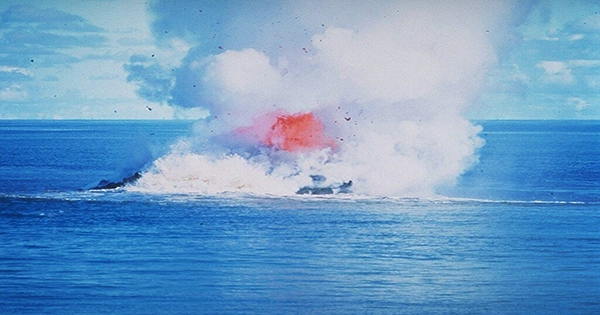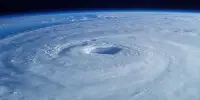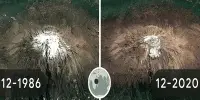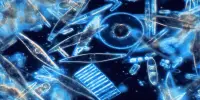An expedition to the Solomon Islands’ Kavachi undersea volcano was launched in 2015. The volcano’s activity has just slowed, allowing for exploration of the active crater. They discovered more life than they expected in the severe circumstances of acidic water with high sulfur levels on top of an active volcano. They identified two shark species – hammerheads and the silky shark – living in the crater of the volcano, in addition to microbiological species that thrive on sulfur. Their research was published in the journal Oceanography in 2016.
“The active crater was found to include populations of gelatinous invertebrates, tiny fish, and sharks,” the scientists said in their report, “raising fresh concerns regarding the ecology of active undersea volcanoes and the severe circumstances in which huge marine species may thrive.” Given the high number of sharks presumably living peacefully in the hot, acidic waters, the scientists called the volcano “sharkcano.” Vangunu Island is roughly 24 kilometers (15 miles) south of Kavachi.
“Two shark species, the scalloped hammerhead Sphyrna lewini and the silky shark Carcharhinus falciformis, approached the baited camera in an aggressive pattern many times; sharks seemed to be swimming from higher depths inside the crater in some cases.” The Kavachi undersea volcano is erupting again, according to NASA satellite pictures. The critters cool enough to live in a sharkcano may be in for a tough ride.
On May 14, 2022, images from the Operational Land Imager-2 on the satellite Landsat 9 revealed a massive plume of discolored water erupting from the volcano. The volcano has been increasingly active recently, according to the Smithsonian Global Volcanism Program, with coloured water erupting from the volcano in October 2021. The volcano has erupted almost constantly since the first reported eruption in 1939, while there have been periods of relative calm. The sharkcano’s most recent big eruption occurred in 2014.
The Solomon Islands’ southernmost volcano, Kavachi, is located in the western Pacific Ocean. It erupted hundreds of times over the twentieth century, frequently breaking the sea surface before eroding down below the water level in a matter of months. On January 29, 2014, the Earth Observing-1 (EO-1) satellite’s Advanced Land Imager (ALI) photographed what might be the beginnings of a new cycle of island life and death. The color comes from dissolved volcanic gases and lava particles floating in the sea, and it stretches eastward from the buried volcano. A bright spot directly above the underwater peak suggests strongly churning water, but there is no evidence that the eruption has broken the surface.















